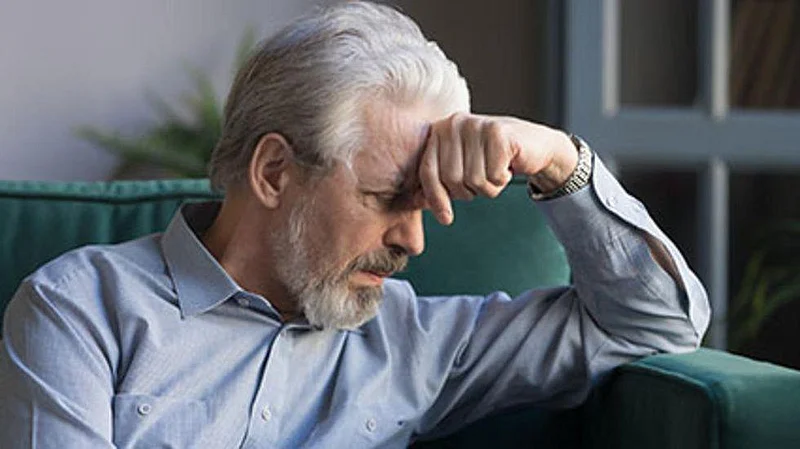Get Healthy!

- Posted March 10, 2022
Trouble Paying Bills Could Mean Worse Outcomes After Heart Attack
A healthy bank account pays dividends after a heart attack, with new research indicating severe financial strain increases survivors' risk of death.
Researchers analyzed data from nearly 3,000 people, 75 and older, whose health was tracked after they suffered a heart attack.
"Our research indicates the importance of financial strain in predicting which patients will survive severe health conditions," study co-author Jason Falvey, of the University of Maryland School of Medicine, said in a school news release.
"Many of the participants in our study under severe financial strain were not living below the poverty line or enrolled in safety net options such as Medicaid," noted Falvey, an assistant professor of physical therapy and rehabilitation science. "This means we would have no way of knowing who these patients are if we do not ask this question when we take their medical history."
Within six months after leaving the hospital, nearly 17% of those who couldn't meet their monthly expenses had died, compared with 9% of those with moderate financial strain and 7% of those with no financial worries.
After adjusting for other health factors, severe financial strain increased the risk of death by 61% compared with moderate or no financial strain, according to the authors. The results were published recently in the journal JAMA Internal Medicine.
The researchers did not examine why serious money struggles would increase heart attack survivors' risk of death, but suggested that a lack of access to crucial medications and difficulty getting to follow-up health care appointments could play a role.
Biological stressors, such as elevated inflammation, are also associated with money woes and likely an important factor in the increased risk of death, Falvey suggested.
Hospitals should consider asking about a patient's financial situation during discharge planning to help identify those who may be at risk due to money struggles, he recommended.
Social workers and other hospital staff could refer these patients to free or subsidized transit services, programs that assist with medication co-payments for low-income patients, or community organizations that can provide or loan medical equipment and devices, Falvey added.
"This is an important finding that points to the need to identify and address economic disparities in our patient population," said Dr. Albert Reece, executive vice president for medical affairs at the university.
"We see a real cost in terms of shorter lives in those patients who cannot make ends meet every month that may not be due to the limits of medical care, but to our inability to provide these patients with access to that care and the services they need," Reece said in the release.
More information
There's more on heart attack recovery at the American Heart Association.
SOURCE: University of Maryland Medical School, news release, March 7, 2022

